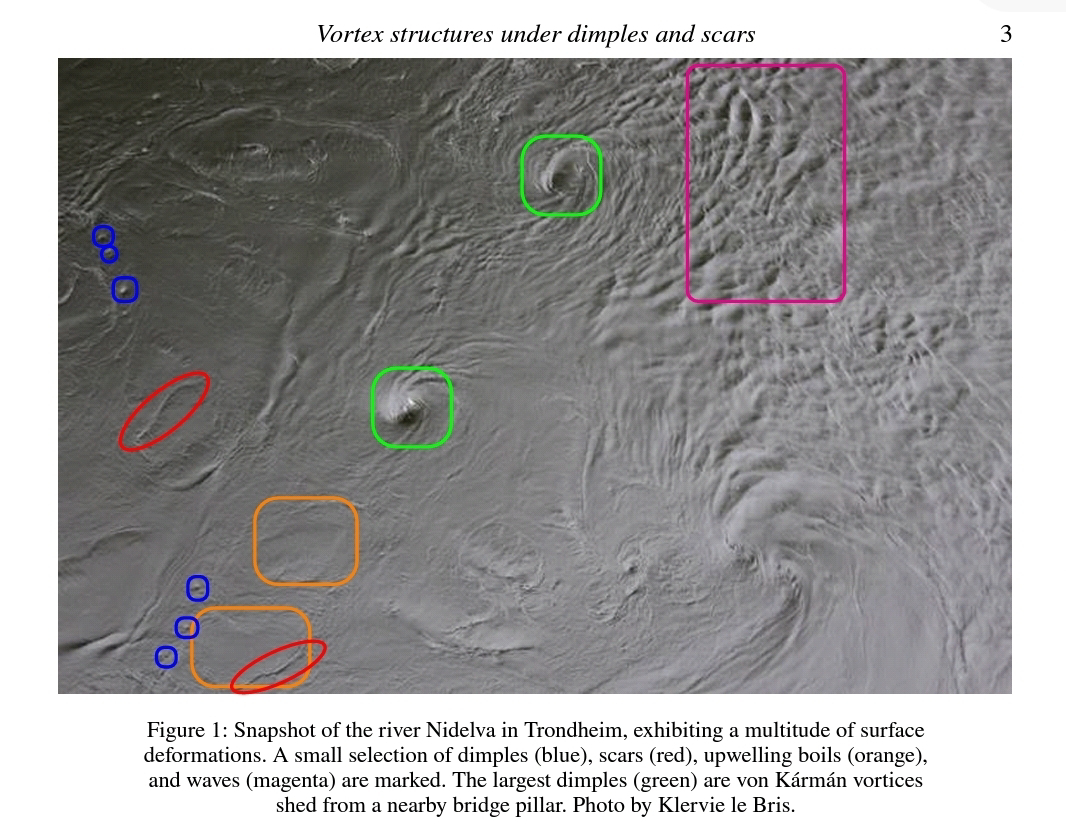AA << give the result of approximate enumeration of the total number of flat-foldings of single-vertex origami diagram with random width of angles gathering around the central vertex, and obtain its size dependence for an asymptotic prediction towards the limit of infinite size. >>️
<< In addition, an outlook with respect to the chained determination of local stacking orders of facets caused by the constraint that prohibits the penetration of them is also provided from the viewpoint of organizing the terms included in the physical model. A method to efficiently solve the problem of the determination or enumeration of flat-foldings is discussed based on the above perspectives. >>️
Chihiro Nakajima. An Efficient Enumeration of Flat-Foldings : Study on Random Single Vertex Origami. arXiv: 2409.03240v1 [cond-mat.stat-mech]. Sep 5, 2024.
Also: origami, kirigami, in https://www.inkgmr.net/kwrds.html
Keywords: gst, origami, kirigami


